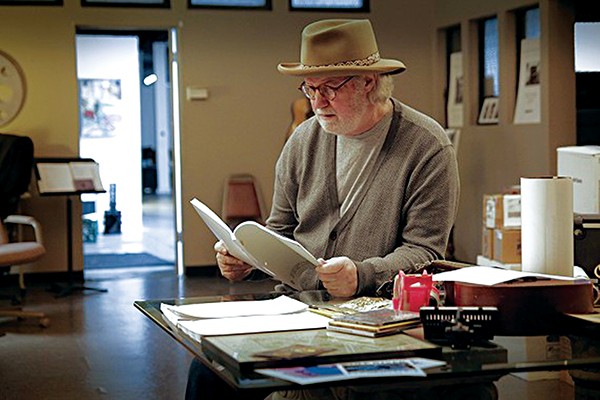 Memphis Zoo
Memphis Zoo
Chuck Brady
Excerpts from this interview with Memphis Zoo president and CEO Chuck Brady were published in this week’s print issue of the Memphis Flyer.
In the full, largely unedited interview, Brady details his stance on equal access to Overton Park, managing the Greensward, taking those 27 trees, why a parking garage isn’t the best solution to parking woes, and why the Zoo might not take part of the Overton Park Conservancy’s newly launched study on traffic and parking in the park.
Equal access to Overton Park is at the heart of the Greensward argument for Chuck Brady, president and CEO of the Memphis Zoo.
Zoo visitors come from “every part of the city” and without Greensward parking, they’ll be turned away, he said. Overton Park is not a neighborhood park for a few but a community park for all.
The zoo does has authority over one-third of the Greensward, he said. He said he hopes this will be made clear with a judge’s order, he said, which is why Brady said he and the board filed their lawsuit last week
– Toby Sells
Memphis Flyer: Tell me about the lawsuit.
Chuck Brady: It’s a petition for a declaratory judgment on the option that Allan Wade issued on behalf fo the city council and [former Memphis Mayor A C Wharton]. So, it’s just trying to take that opinion and make it a judgment.
MF: You felt that Wade’s opinion gave the zoo the right to take those trees.
CB: It gave us management authority on that area, which we always have.
MF: But I think folks think it was just a legal opinion and not a directive from [Memphis] City Hall. You didn’t get permission or guidance from the new mayor or the new city council to begin improvements.
CB: The trees were planted illegally. The city has said they weren’t asked that those trees be planted. The trees were planted to block access and reduce access to that area. So, the area we cleared was to create another entrance and exit in that area.
The trees were carefully take out, balled in burlap, and when I spoke with the [Memphis Mayor Jim Strickland] and [Tina Sullivan, executive director of the Overton Park Conservancy), I told them the conservancy was welcome to have her people come and get them.
MF: To a lot of folks, it looks like the zoo was just a bully and did this without anyone’s permission. I think that’s where a lot of the [anger has come from].
CB: That’s the same way the trees went in.
I think more importantly, you have to understand, that area is the only parking area for about 75,000 people per year. 75,000. That’s a big number. If you block that or you prevent that – those are citizens, too. You have a small group that is saying no, we don’t want them.
I think those people – whether they be from Frayser, or Cordova, or Downtown, or wherever they’re from – they’re citizens, too. They have a right and I think as a city have an obligation to take a community park and make sure it’s accessible to everyone.
That’s our feeling on it. Everyone can call the other side a bully. But there’s two sides to every story.
We really have to understand the access. What has failed to really get out in the mainstream media is that on… Let’s look at who uses (the Greensward). Who is actually being kept out of the park? It’s an interesting group.
So, 65 days a year, we park on one-third of the grass and there’s two-thirds left for other activities. Of those 65 days, you have Free Tuesdays. That’s 13 of the days. Those are 95 percent inner-city residents. Most of them are with limited incomes. So, we would exclude those.
Parents and guardians of school groups, Monday through Friday in the mornings, they come to be with their children or grandchildren for field trips. Those parents would be exulted 14 days out of the 65.
Saturdays, and Sundays, and holidays, which includes not only citizens but guests, that’s 22 of the days. The remaining 11 days are for nighttime functions.
So, when you look at who is being excluded, and I often hear that it’s out-of-towners. No, it’s a lot of citizens. We have a diverse membership and the people who park here – we take their ZIP codes – not only the overflow parking but from all of our patrons. So, we have a very good understanding of where they come from. They come from every part of the city.
That’s the message. If anything we would like to get out there it’s that this is about access to a community park. So, that’s where we are on this.
I know our view is different for the one you’re hearing but it’s an important view. I think if you get into how you develop the park and city long term, that surely has to be something that has to be considered and understood.
MF: I won’t stay on this point too long but why didn’t you tell anyone you were going to take those trees?
CB: The trees were planted in a place where we feel we have management authority over.
MF: So you didn’t feel you needed to tell anyone? You had the right, based on that opinion, to do whatever you wanted.
CB: Now, remember we have been parking and managing the Greensward since 1986. So, it’s not something that… When the conservancy came in 2012 or 2013, we have been managing that area for far longer than that.
MF: You’ve been citing this 1986 master plan as a one of the sources for the zoo’s authority over the Greensward. People are saying that plan is not publicly available. They can’t see it and judge for themselves. Is that true?
CB: It’s available. I don’t know how widely available it would be anymore because it’s an old master plan but it was available in its time and I think it can be made available.
That’s what the opinion is based on. That’s what the contract, when it was written, it was what the city used. You have to remember, in 1986 the Zoo and the park were being re-designed, basically. There was a lot of discussion and public input meetings then.
There’s nothing secret about the master plan. I think it was pretty well distributed at the time but I don’t know now, so many years later. I’m not sure…
MF: When the Overton Park Conservancy was formed in 2012, one of the things that Citizens to Protect Overton Park…they got their own legal opinion. One of the exhibits they put up was that boundary map for the Overton Park Conservancy. There’s a big red line that shows everything…
CB: It’s a Google map that has been red-lined. If you read the Wade opinion, he said that was a mistake. So, behind it there’s a mistake. They were granted something that was already under Zoo management.
If you read further in their management agreement, it clearly states that any areas that are managed by any other entity are excluded in [the conservancy’s] agreement. I think that’s probably at the heart of the Wade opinion is that there is a conflict there.
The red-lined map should never have been done.
MF: Another criticism I’ve heard about the zoo and its future plans is that if you knew that the Zambezi River Hippo Camp was going to bring in 15 percent more visitors, why didn’t you plan on 15 percent more parking?
CB: So, we have parking that’s adequate. What the push is, is to take some of that parking away. The push is to take some of that parking away.
MF: The Greensward was going to be some of that additional parking?
CB: Of course. The Greensward… Do you know how this all started years ago? When the city had architect design the zoo’s parking lot, it was adequate. The neighbors said you don’t have to build a big parking lot. Build a small parking lot and park the rest on the Greensward. And the city went along with this even before [the Memphis Zoological Society] were managers.
MF: There was to be a small shard of parking on the northern tip of the Greensward where there are now trees. That was going to be another making lot.
CB: But it was also the Greensward and that. So, the truth is, there’s adequate parking. There’s not adequate parking for every day of the year. There’s probably going be eight to 10 days a year when we’ll have to turn away visitors.
That occurs now because we have, “we” meaning the zoo, we have drawn a line that says we won’t park over that line so that there will be two-thirds of the Greensward will be available for other activities. If we honor that line, which we do, then on roughly eight to 10 days a year, we turn people away.
It’s hard to build adequate parking for every day of the year. If you are short parking 65 days a year, because we’re seasonal… I would think if we have enough parking for Zambezi if we have use of the Greensward.
MF: In your letter [to Zoo members last week] you said “it was unfortunate that there has been so much speculation and misleading information shared by our neighbors in the news and social media.” Is there anything you want to set straight?
CB: One of the things I saw, I think Jessica Buttermore [chairman of Citizens to Protect Overton Park] wrote a letter to the editor [in The Commercial Appeal] saying that I said that the Zoo makes a $1 million on overflow parking in Overton Park. That’s the most ridiculous thing I’ve ever heard. We make maybe $25,000. That’s roughly what the annual [revenue] is.
A lot of people who come to the Zoo are members and members park for free. So, if you look at the numbers, roughly 40 percent of our visitation is from members. Nighttime events don’t have fees.
MF: Anything else you’d like to set straight?
CB: If I could tell you one thing it’s that we have to…it’s not about…this is not a misinterpretation or anything but we just have to understand it’s about access to Overton Park and the Zoo. That’s what this issue is about.
Sure, there’s a lot of tangential things but this is about, does everyone in the community have the right to access Overton Park and I think that’s the question we’ll have to answer.
MF: The Overton Park Conservancy is gearing up for a parking and traffic flow study. Is the Zoo going to be a part of that?
CB: The conservancy has already done a study. They had 12 recommendations and they rejected all of them. That’s troublesome.
But what we said we would do, we would provide information for them. We spoke to this with the mayor. If all options are open, including parking on the Greensward, then we will participate. If they’re going to limit the options and they’re going to say there can be no new parking areas in Overton Park, then why are we doing the study?
The answer is yeas and no. Yes, if it’s an open study that is going to come up with real solutions. The truth of the matter is that the thing has been studied two or three times. The recommendations haven’t been taken.
It’s not about the number spaces alone. It’s also about how fast the cars enter the park. So, if you have 600 cars entering the park within an hour and a half, only certain types of solutions will work on that as opposed to 600 cars that all enter all throughout the day. There are two different problems there.
Some of the solutions that might work if it was all day won’t work if it’s that quick. That’s not just with us but that’s also with the [Levitt] Shell. Te Shell has a concert and everybody comes at the time of the concert. So, that’s kind of makes the parking solution more difficult than if it was…
Of course, everyone is sensitive to green space but if you were to look back at the Overton Park master plan that was done in the mid-1980s, Ritchie Smith did it, one of his principal recommendations is that there is not enough parking in Overton Park and this has to be dealt with. But it hasn’t been dealt with because we’re here talking about it because of that.
MF: Is the zoo a good [Overton Park] neighbor?
CB: Are we a good park neighbor in the sense that we clean up when people park in the neighborhoods? We send crews out to clean up any litter and what have you every time.
We’ve used the Greensward for almost 30 years. It’s virtually the same as it was 30 years ago. We aerate it. We clean it. I think we’re a good neighbor but I think you’ll find a lot of different opinions on that.
MF: You said it. People are sensitive to green space. I think that’s at the crux of the passion on the other side of the argument is that they believe that this place shouldn’t be parked on it should be played on.
Then, it seems like the Zoo is not listening when they say this is something they want and they’re taking it back. So, it’s an issue that is larger than some trees things like that.
CB: It is. But to go back to what I said earlier, the park is a community park. It’s not a neighborhood park, it’s a community park. So, people from all over the community have an equal right to access to the park.
The park has to be designed and developed so it accommodates those people, however it’s done. I’m not preaching one answer. The answer is not excluding those people. Those people are far greater in number than the people who are trying to exclude them. Our view is that everyone should have access. Period.
MF: Is the idea for a parking garage off the table or out of reach?
CB: Probably nothing is off the table. But the parking garage is expensive. There’s no doubt about that.
There’s been several parking garages built in Memphis in the last five to eight years. I know there’s one over in Overton Square and I know there’s a new tower out at [International Paper]. I think [St. Jude Children’s Research Hospital] has just recently built one.
We know the cost of all of them. One thing we know for sure is that they’re expensive. Probably $15,000 per parking space is going to be the minimum cost, not at the upper end but at the lower end.
I think when you look at the situation in Overton Park, there are two other factors you have to understand. One, there’s no good place to put a parking garage. The place that has been suggested off of Prentiss Place backs right up to neighbors. Those neighbors don’t want a 600-car parking deck there. So, it’s not only the cost but the opposition to where it will be placed.
Then, and this is a very important thing, that parking deck would be vacant 300 days a year. If we needed 600 places everyday, I think that would be a more realistic solution. Many people say, why don’t you just take the money that you charge people to park and put it towards the payment, the debt [on a parking garage]. Well, if you only using it 60 days a year, then the math doesn’t work out.
People who build parking lots, who use it everyday, that’s a way they can finance it. We’ve talked to companies that finance parking garages and they look at our numbers and said that it’s not going to work. It’s not going to work if you think you’re going to collect revenue to offset it.
MF: I was going to show you one last thing. There’s a lot of this going around on social media [Turns a computer around showing a picture of a Facebook post in which someone has cut their zoo membership card in half with the caption: Fire Chuck Brady.] How do you feel about it?
CB: There’s as many – and probably more – responses to us that say, good, we need the parking and the Zoo is a vital part of this community. We get far more of them than we get of those.
[The photo] is very vocal but it’s not the principal sentiment around Memphis. You have to get out of this area and talk to…you know we have 27,000 members. By and large they want what is right for the zoo and the city and they want equal access for all people.
Nobody wants Overton Park to be a park for a few people.



 Memphis Zoo
Memphis Zoo 
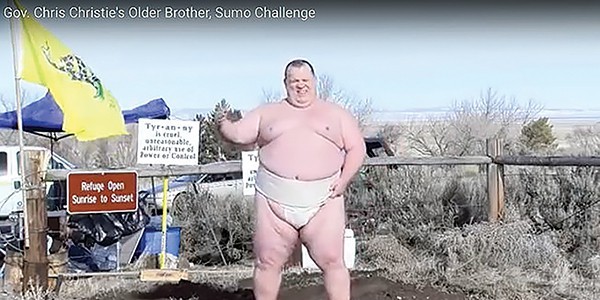
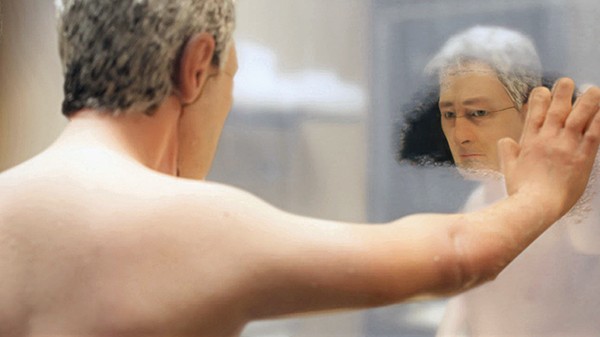
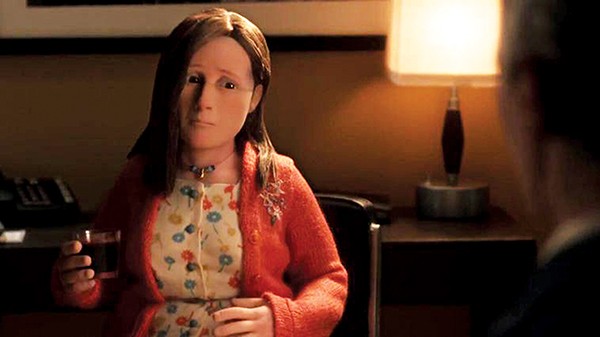
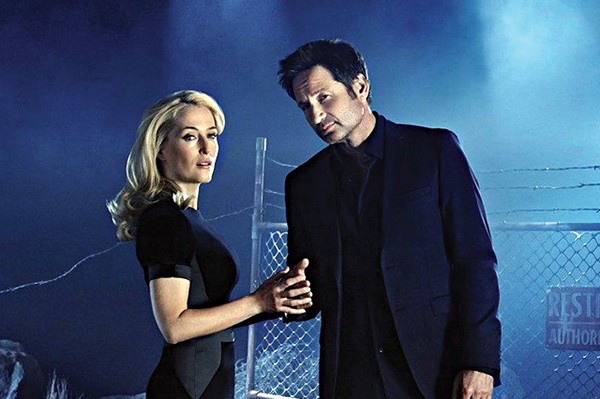
 Christie Goodwin
Christie Goodwin 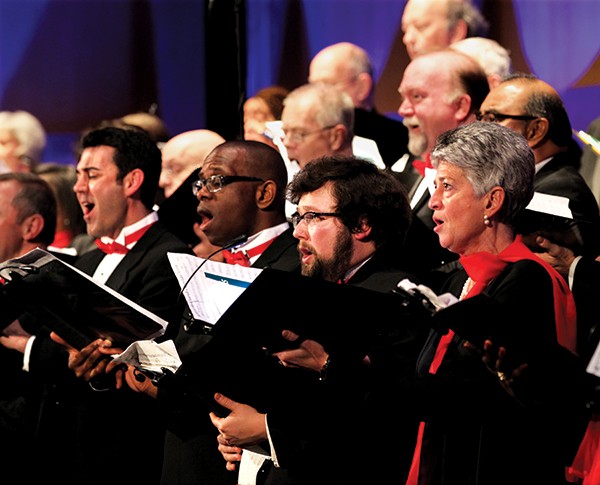 Courtesy of Memphis Symphony Orchestra
Courtesy of Memphis Symphony Orchestra 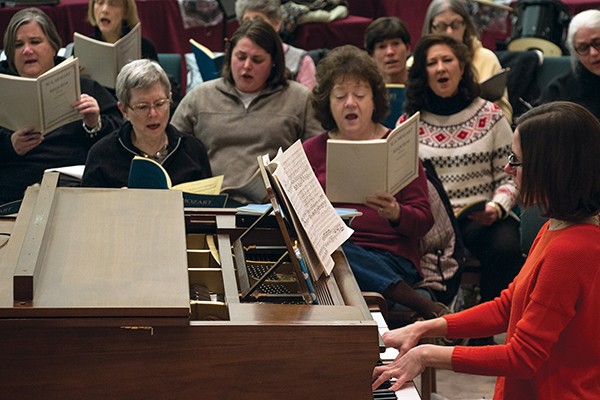 Laura Jean Hocking
Laura Jean Hocking 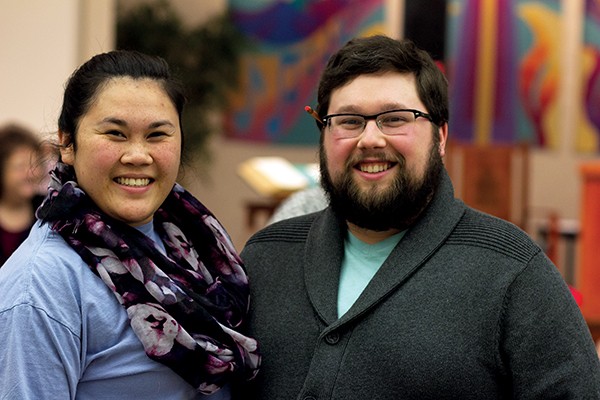 Laura Jean Hocking
Laura Jean Hocking  Laura Jean Hocking
Laura Jean Hocking  Courtesy of Memphis Symphony Orchestra
Courtesy of Memphis Symphony Orchestra  Windy Mayes Sibberson
Windy Mayes Sibberson 